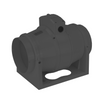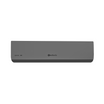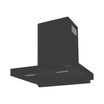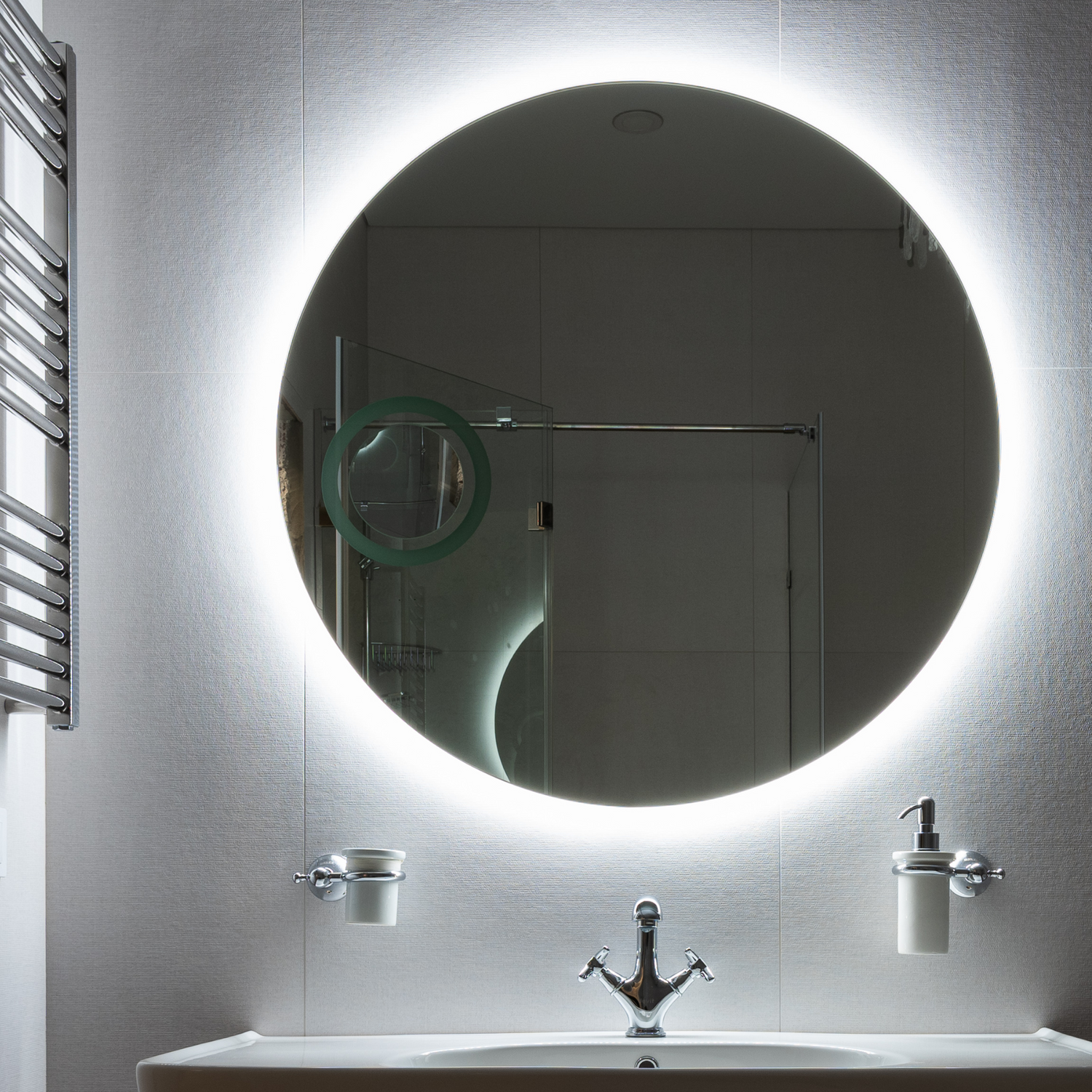Ventilation plays a vital role in ensuring comfort and improving quality of life. Maintaining fresh air in your home is essential. Although a bathroom fan may not be the first thing people think of, it can be extremely beneficial, offering value in almost any situation.
The bathroom is one of the areas where excessive humidity and poor ventilation can lead to considerable discomfort. A bathroom lacking proper ventilation or with an insufficient ventilation system can create various issues for the homeowners, such as unpleasant smells, high moisture levels, or even mold growth.
To prevent these problems, installing a bathroom fan is the most effective solution. In some apartments, the bathroom may open into an interior hallway with no window, making a bathroom fan an essential necessity in such cases.
Generally, bathroom fans are installed on ventilation ducts or in locations where a window would typically be. The key benefit is that the bathroom will no longer be prone to problems like mold, mildew, excessive moisture, and unwanted odors.
As with any purchase, selecting a bathroom fan requires careful consideration and knowledge. Relying on intuition alone could result in choosing a product that doesn't meet your needs. To ensure you make the right choice, it's important to take into account the following criteria.
Air shutter – This feature prevents outside air from entering the bathroom. It is especially important if the fan is connected to the building’s main ventilation shaft, as it prevents unpleasant odors from entering your space. With a fan that includes a backdraft damper, you can be sure that unwanted air will be kept out.
Motor protection – A fan with motor protection is highly beneficial. In the event of overheating, power surges, or voltage drops, the fan will automatically shut off, helping to extend its lifespan.
Multiple speed settings – This is a valuable feature, allowing you to choose the fan's speed based on your preferences. By setting it to a lower speed, you’ll enjoy less noise and reduced energy consumption.
Remote control – Some bathroom fans come with a remote control, allowing you to operate them from a distance. However, be cautious about purchasing one that can only be controlled by the remote, as losing it could leave you unable to use the fan.
Sensors and activation systems – There are various options available. Some fans activate when the humidity exceeds a certain level (using a humidity sensor), while others feature motion sensors that turn the fan on when someone enters the bathroom. These models tend to be more expensive, but a more cost-effective option is to choose a standard fan and connect it to the same switch that controls the bathroom light.
Timer – Even with sensors, ensure the fan has a timer. To maximize its efficiency, the fan should continue running for a short time after you leave the bathroom. Fans with timers will remain on for a period, even after the switch is turned off or the sensor is triggered, providing optimal ventilation.
Warranty period – As this is a household appliance that isn’t frequently replaced, ensure it comes with a long warranty.









Leave a comment
This site is protected by hCaptcha and the hCaptcha Privacy Policy and Terms of Service apply.